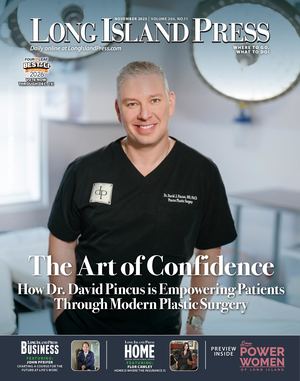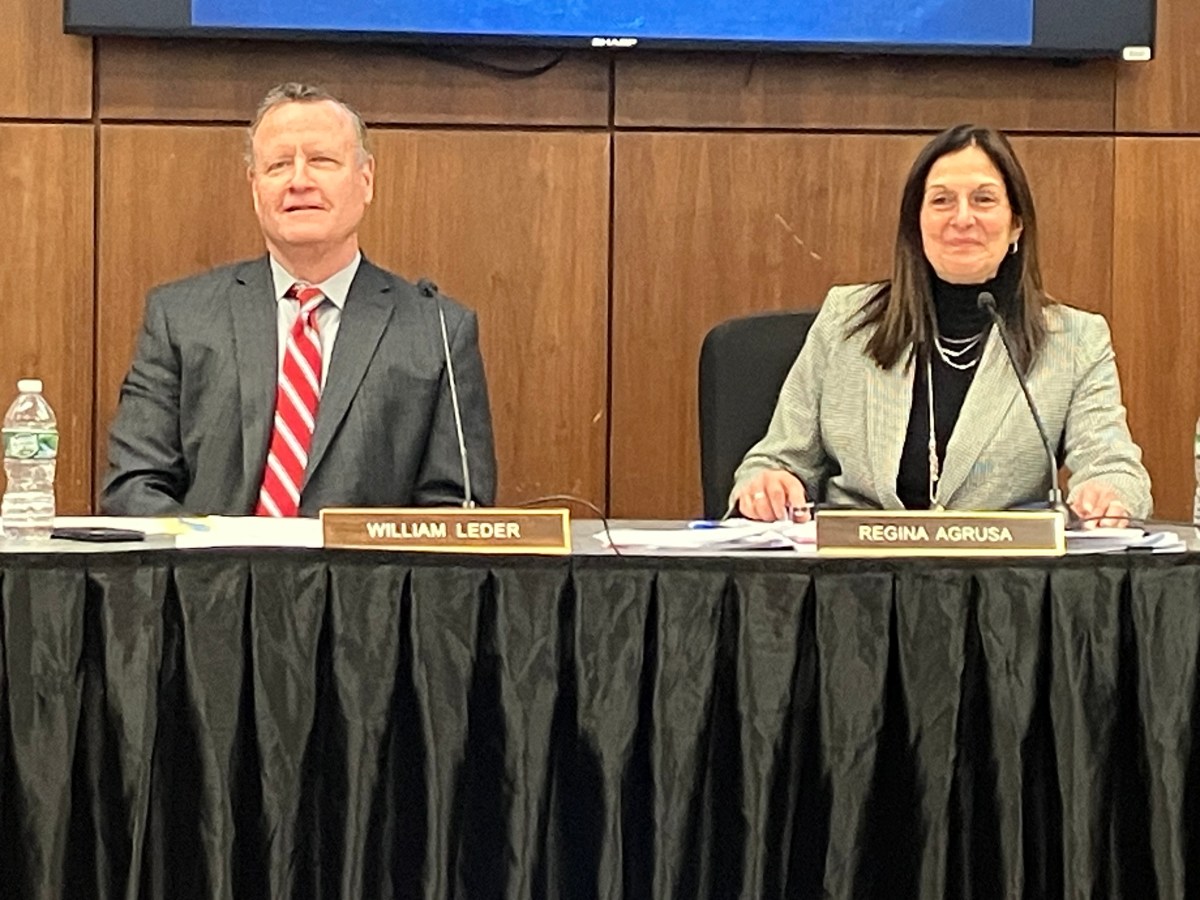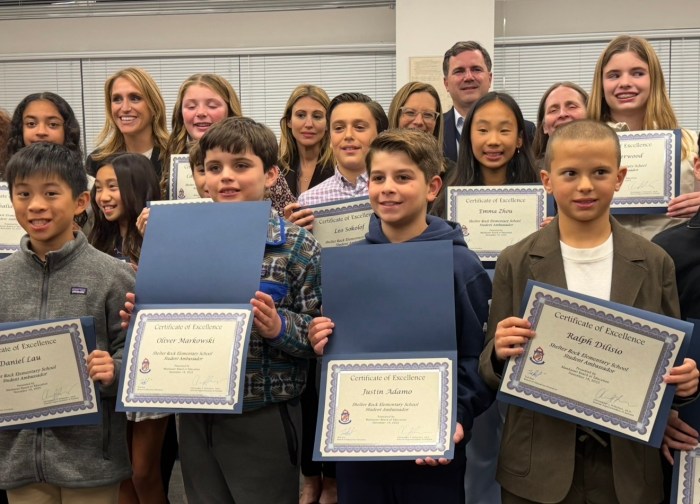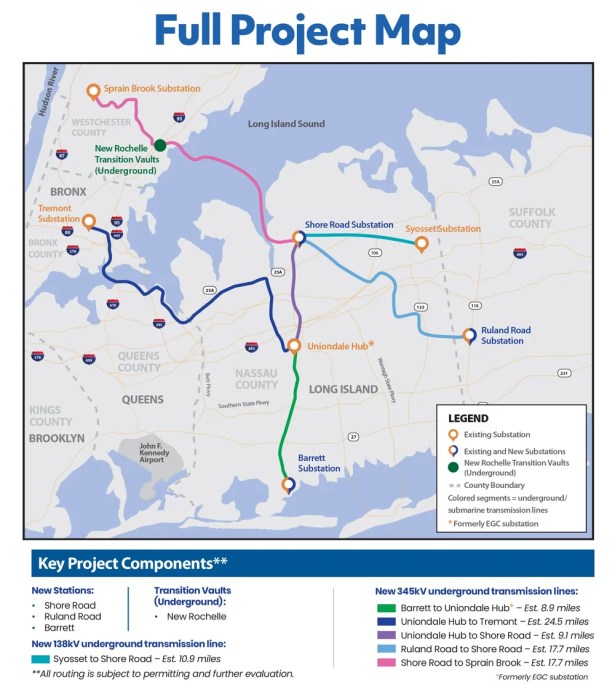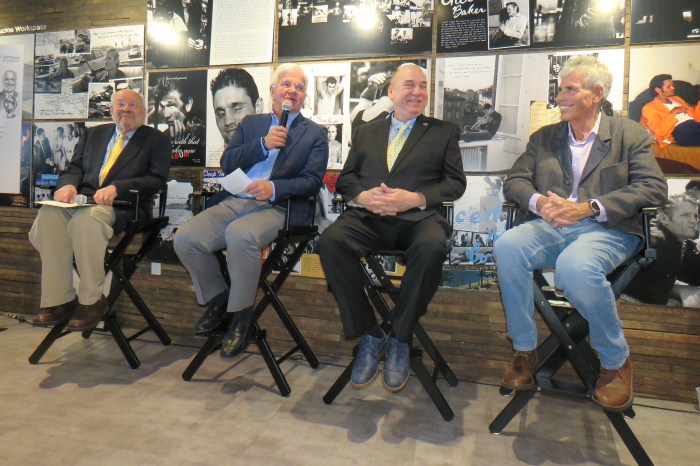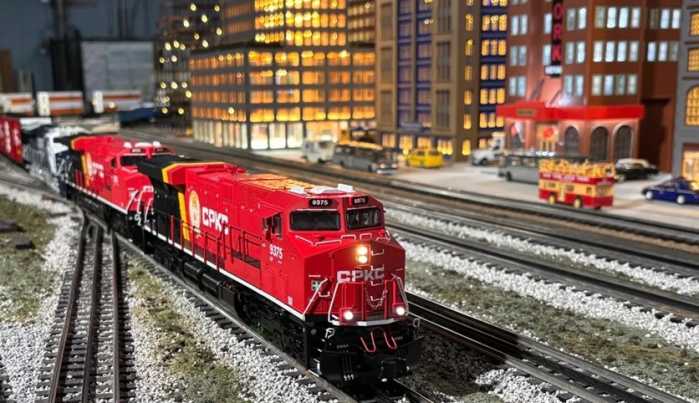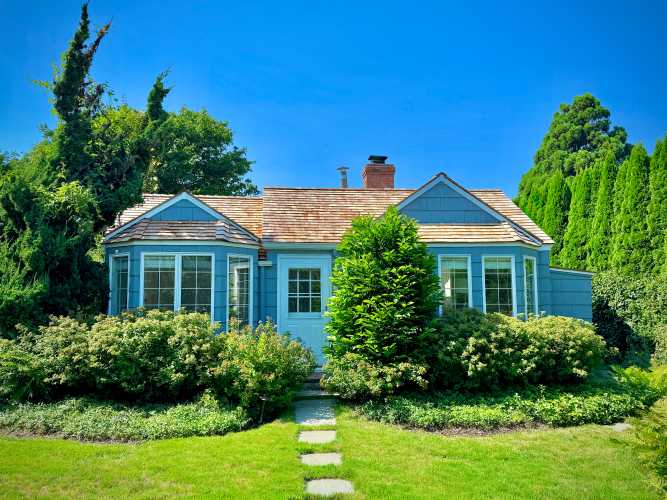Sewanhaka residents got their last comprehensive look at the district’s budget before the May 20 election.
The district’s proposed $264.2 million budget is up 3.33%, or around $8.5 million, from this year’s $256 million budget. The district projects $75.5 million in state aid and $188.6 million in local revenue, most of which comes from the district’s tax levy.
The district plans to impose a 2.91% tax levy increase, under the state-imposed 3.05% cap. The district, which is the largest in the county, spends $34,229.15 per student, according to calculations made by Schneps Media LI.
Superintendent Regina Agrusa said the program portion of the budget, which provides for curriculum, teacher salaries, health and library services, special education and extra-curricular activities was the largest at $200.5 million up 3.71% from this year.
She said notable items in the program portion of the budget include new curriculum for biology, algebra, earth and space science, chemistry, entrepreneurship, child psychology, studio art, and world language, the implementation of a new digital literacy program for 7th graders, and summer enrichment for incoming 7th grade students.
Other notable program costs include the extension of the district’s partnership with Nassau Community College, which allows students to earn college credits while in high school, the implementation of benchmark tests and the district’s new cosmetology building and courses, continued development of their medical assistance program and credit bearing summer school courses, supporting the district’s over 700 English as new language students and professional development work on ethically incorporating AI into district learning.
The capital portion of the district’s budget, which provides for infrastructure upgrades and building renovations, totals roughly $32.8 million. It’s the portion of the budget with the largest year-to-year percentage increase, at 4.08%.
This year, these funds will be used on over a dozen projects across the district’s buildings, Agrusa said. $390,096 will be given to Elmont Memorial High School for a public address system, concrete and masonry work and repaving the new back driveway and $543,753 is earmarked for Floral Park Memorial High School for roof, door, floor and science classroom stool and table replacements.
Some $392,364 is designated for HVAC repairs at Frank H. Carey High School, and $435,456 is allotted to New Hyde Park Memorial High School for HVAC repairs, concrete and masonry work, and the replacement of gym backboards. $408,240 and $489,888 are slated for roof replacements at Sewanhaka High School and the district’s Flaherty, or cosmetic, building, respectively.
Argrusa said the administrative portion of the budget was the smallest at roughly $31 million. It provides for administrative costs and salaries.
Underneath the vote on the budget, residents will have the chance to vote on a second proposition. The district is asking voters’ permission to establish a new capital reserve. Assistant Superintendent for Finance and Operations Kevin O’Brien said the reserve will be used to fund future improvements at district buildings.
He said this includes work on classrooms, facilities, fields, cafeterias, electrical, technology, and masonry work, security upgrades, and other renovations and purchases, including furniture, equipment, and vehicles. At the end of fiscal years, surplus or unspent general fund money will fill these reserves at no cost to the taxpayers, similar to how past capital reserves in the district were funded.
“It’s important for the community to understand that establishing this capital reserve will allow the Sewanhaka district to make the facility improvements identified in the district’s five-year capital plan,” said Agrusa, who emphasized it would be at no cost to the community.
Read more: Sewanhaka votes for controversial member for BOCES board, adopts budget
While no members of the public asked questions on the budget during the hearing, board President William Leder asked Agrusa about the cost of sending students to charter schools, which he said was significantly greater than the cost of educating students within the district, and about potentially forming a co-op with other districts to provide more affordable healthcare to staff, a cost he said was always increasing annually.
Agrusa and board members said they would look into both matters.
Community members who are U.S. citizens over 18 and have lived in the district for more than 30 days can vote on the district’s budget and proposition two between 6 a.m. and 9 p.m. on May 20.
